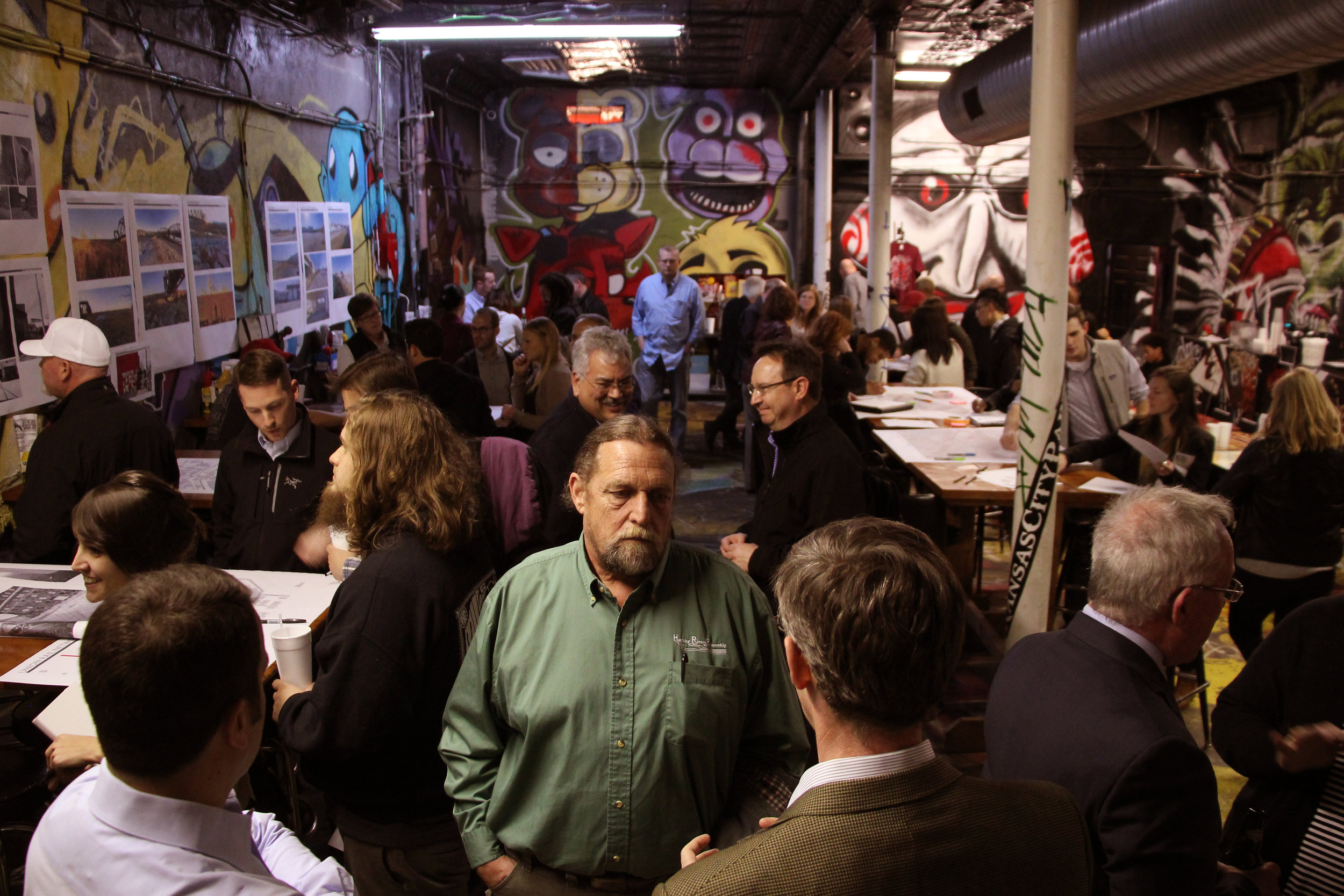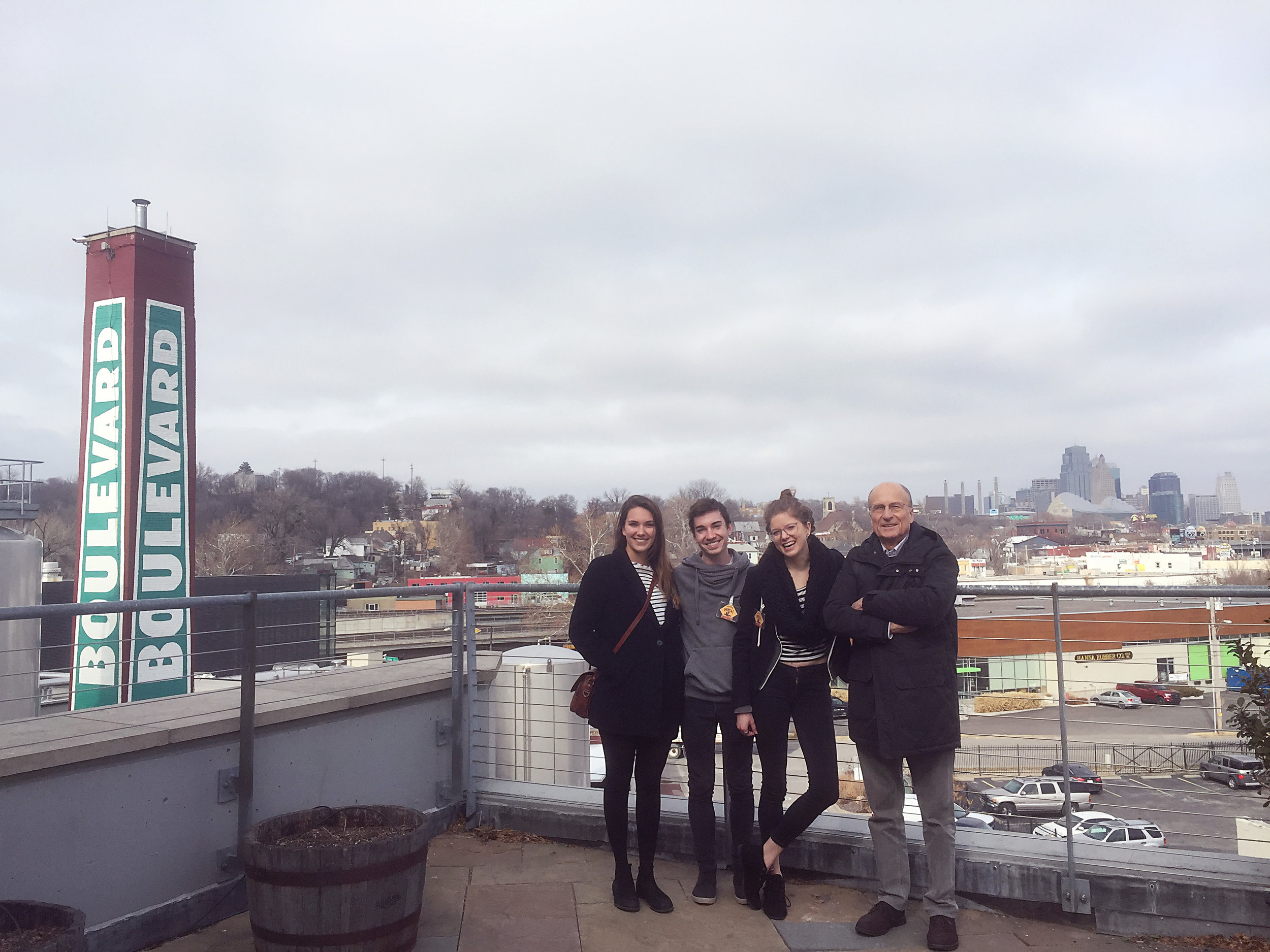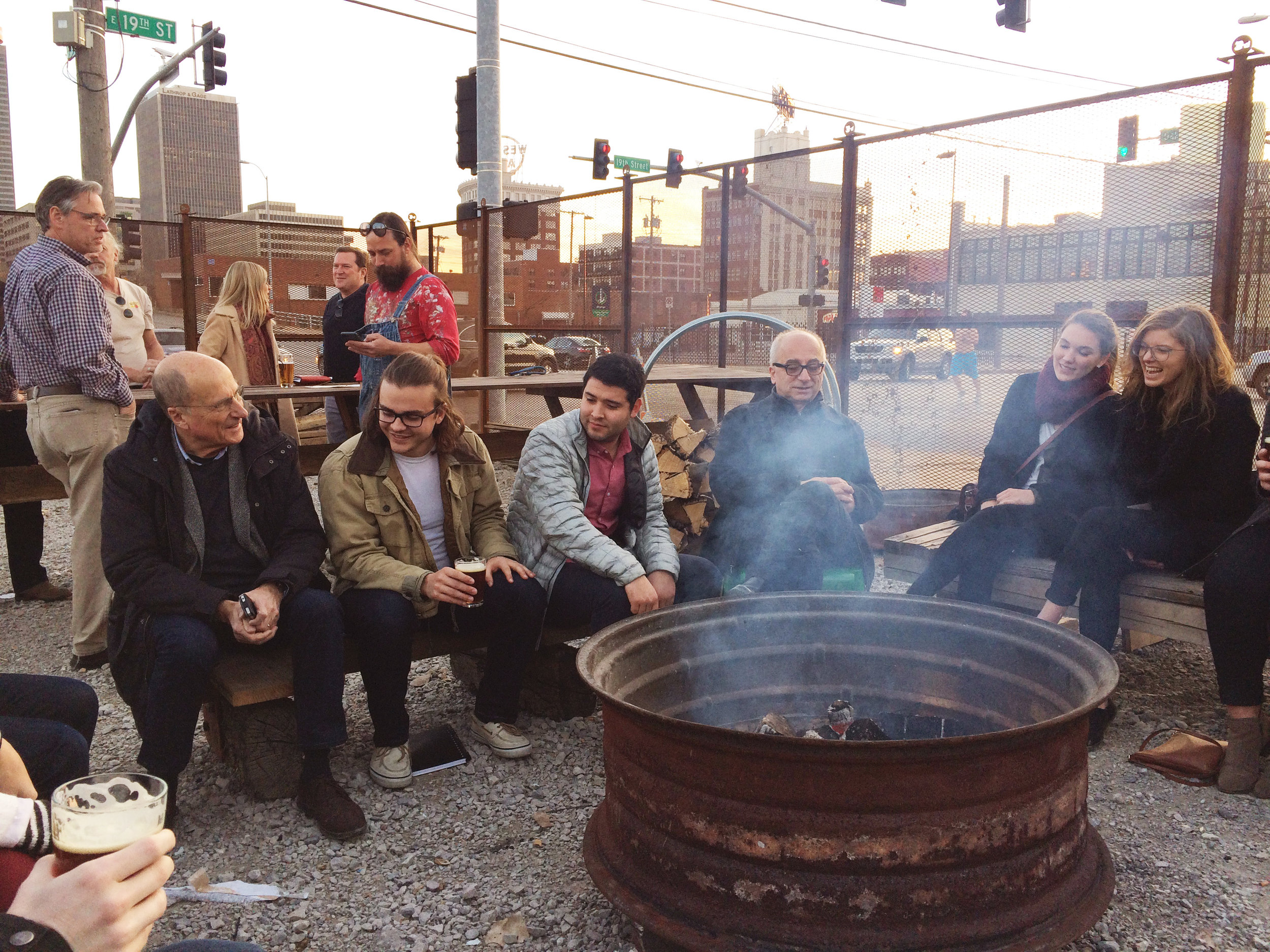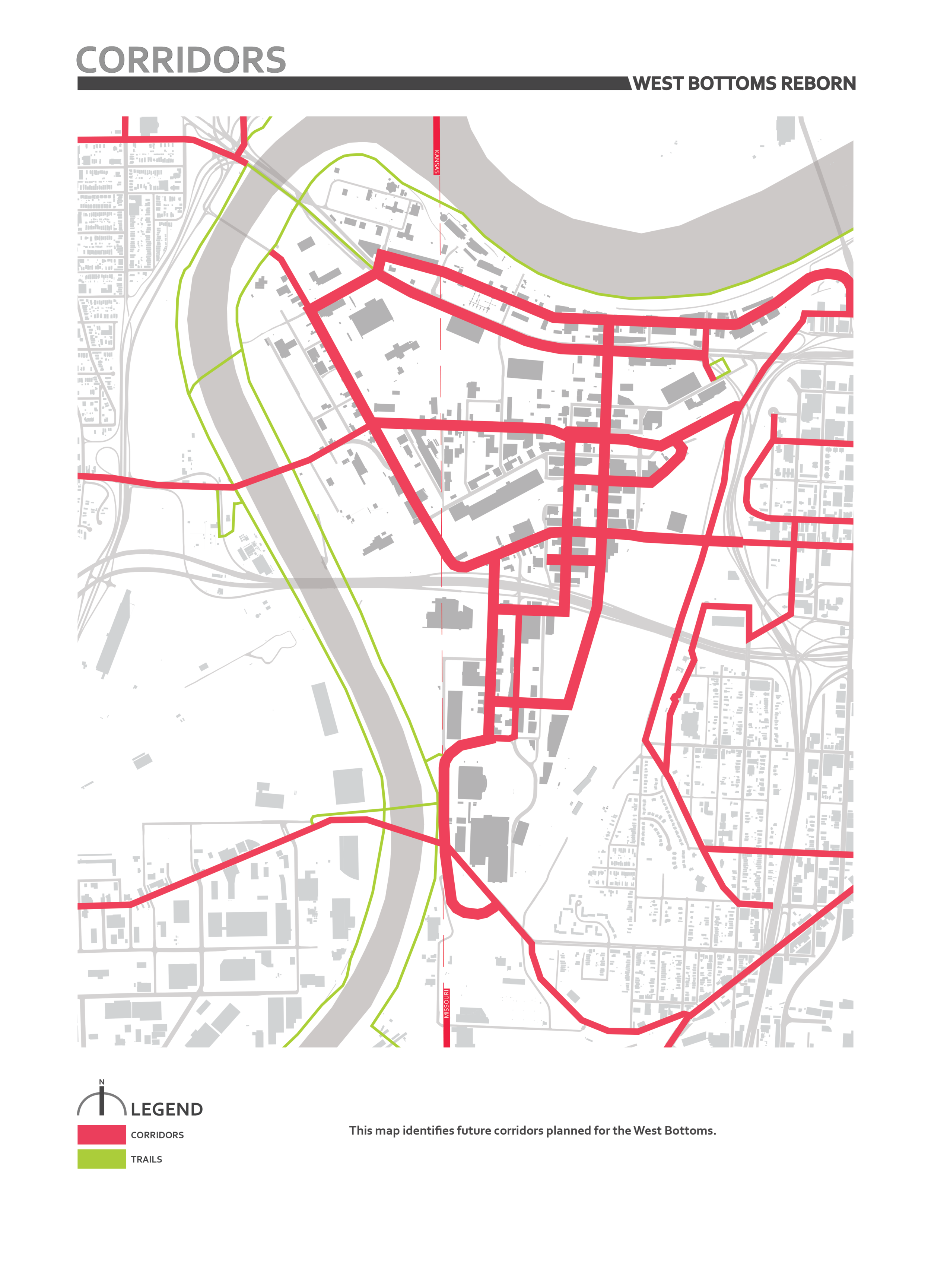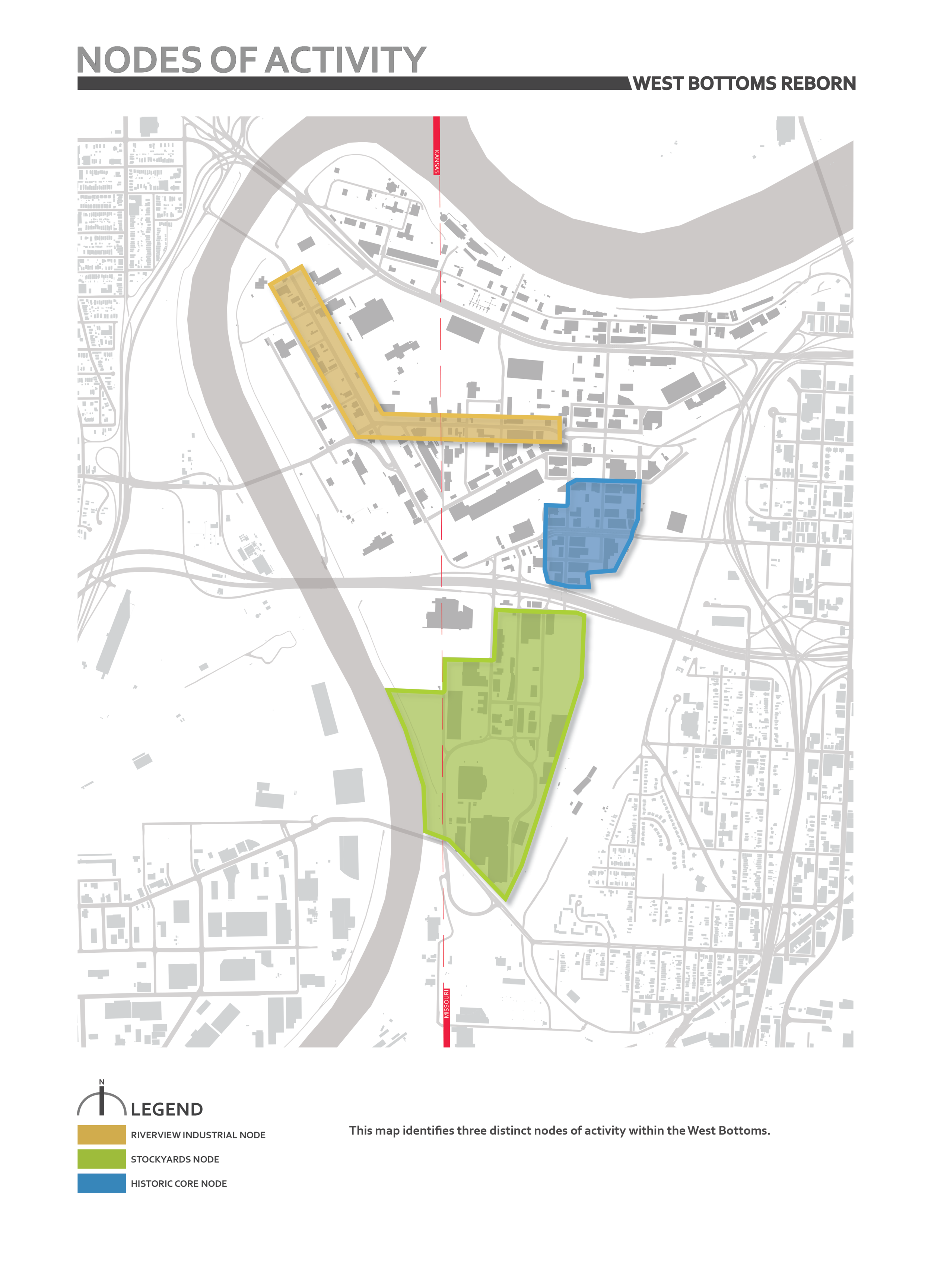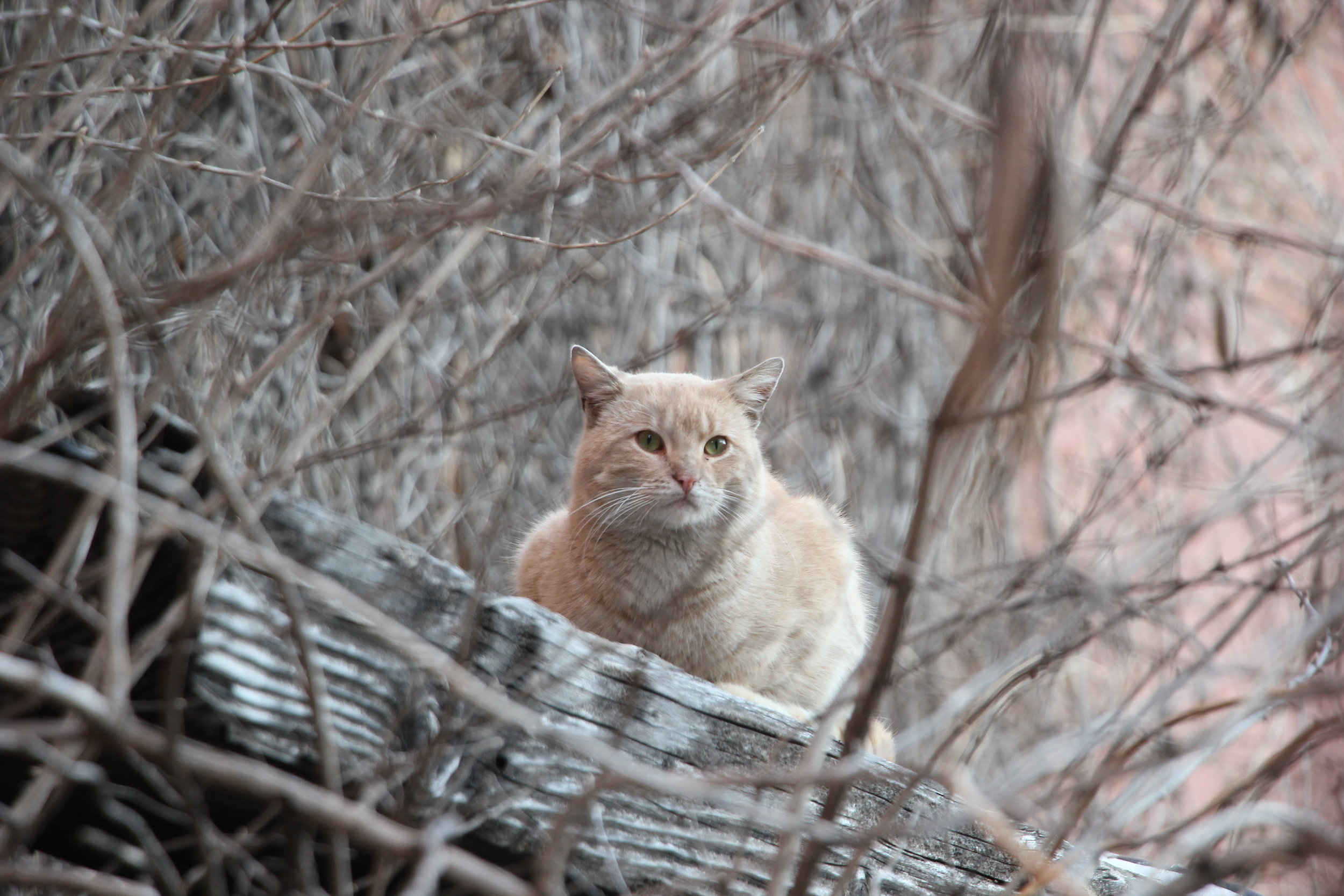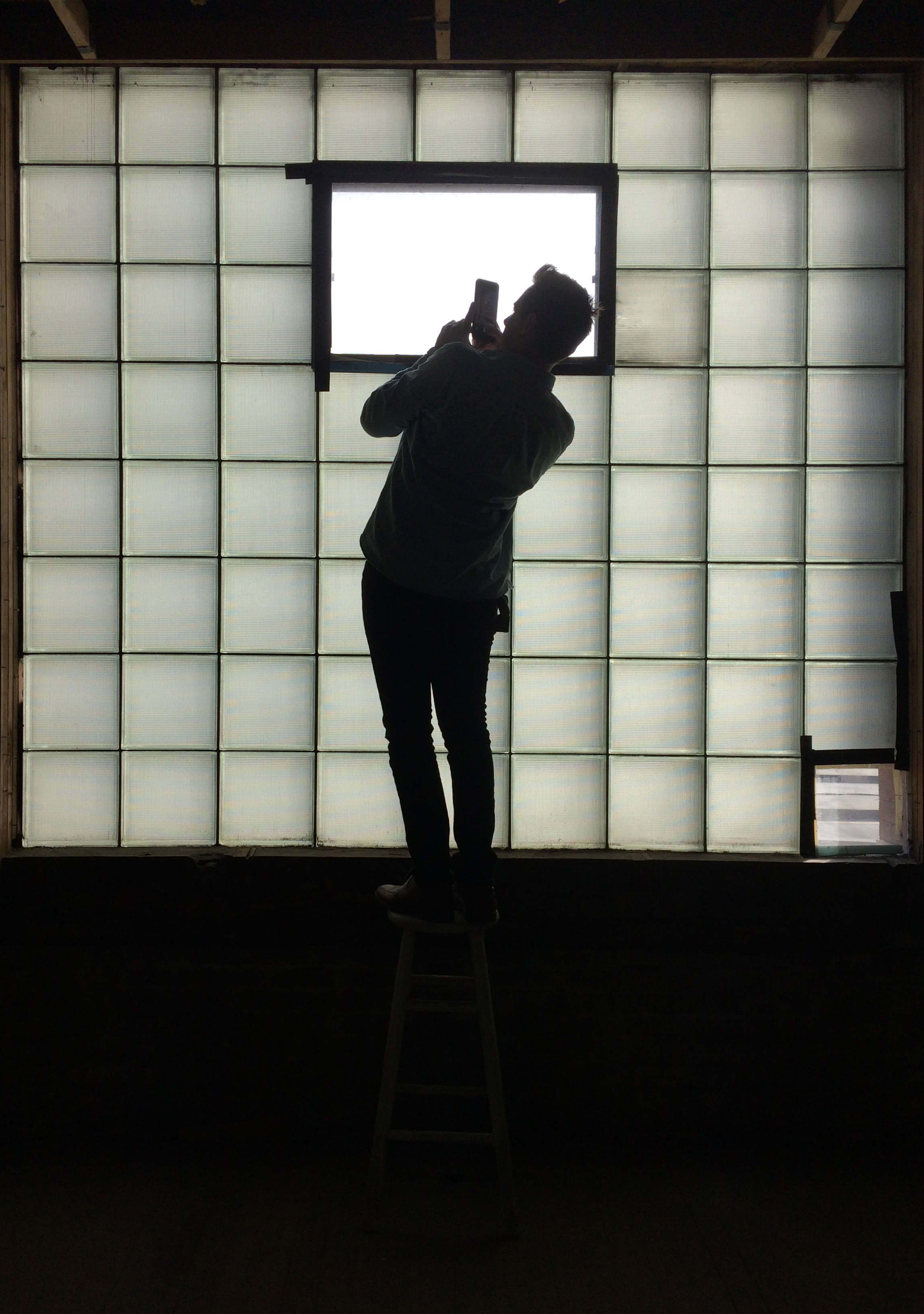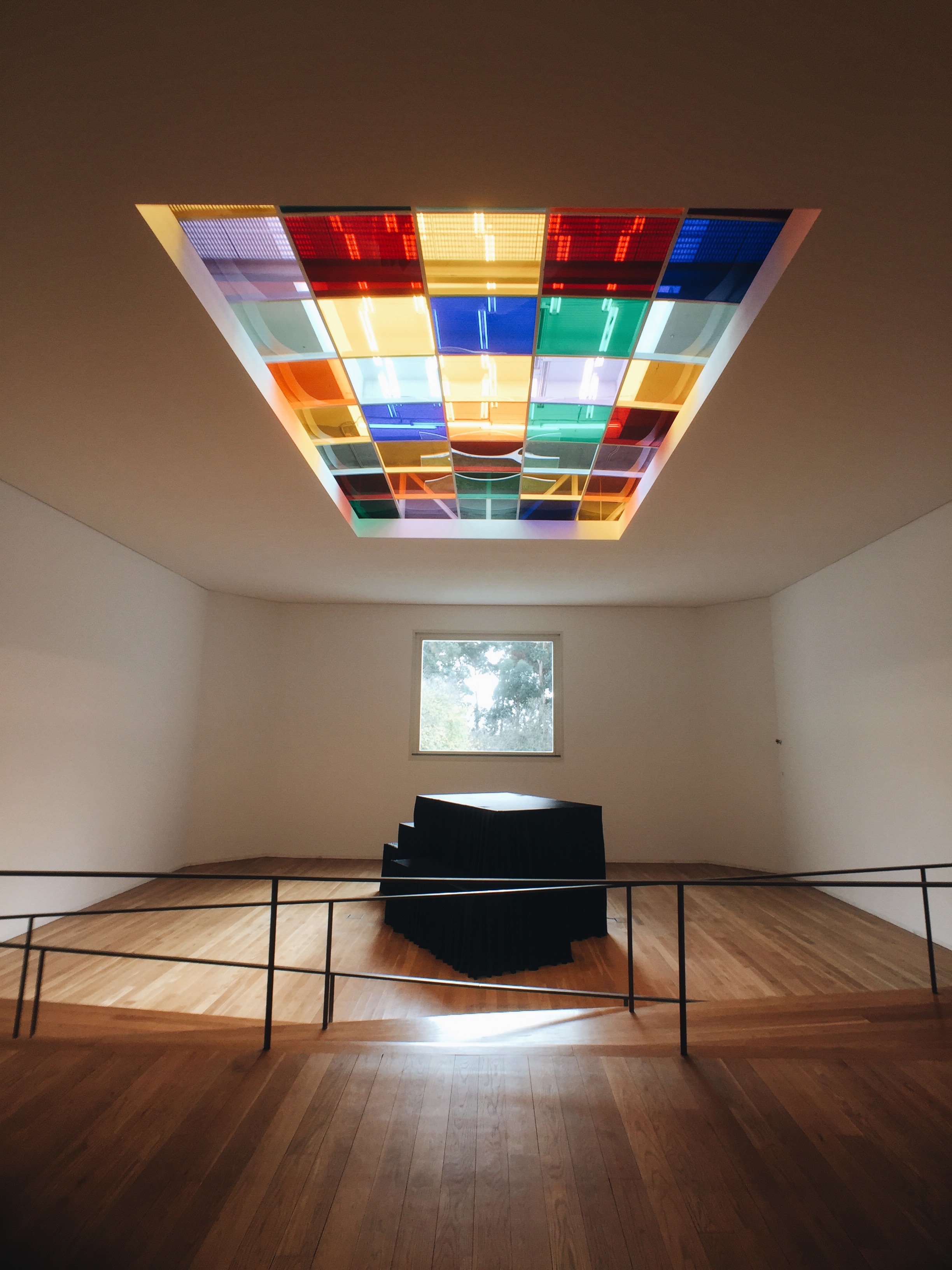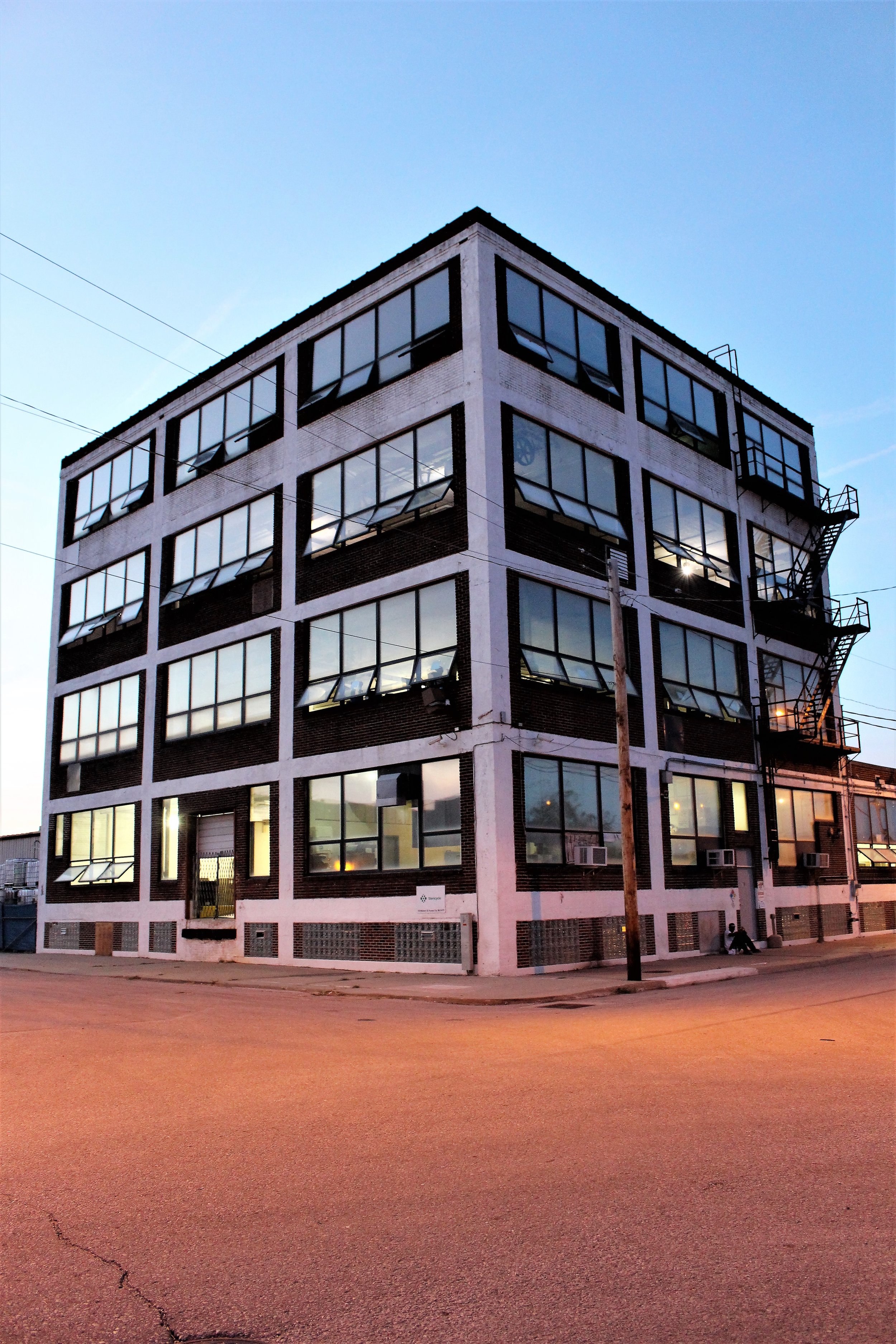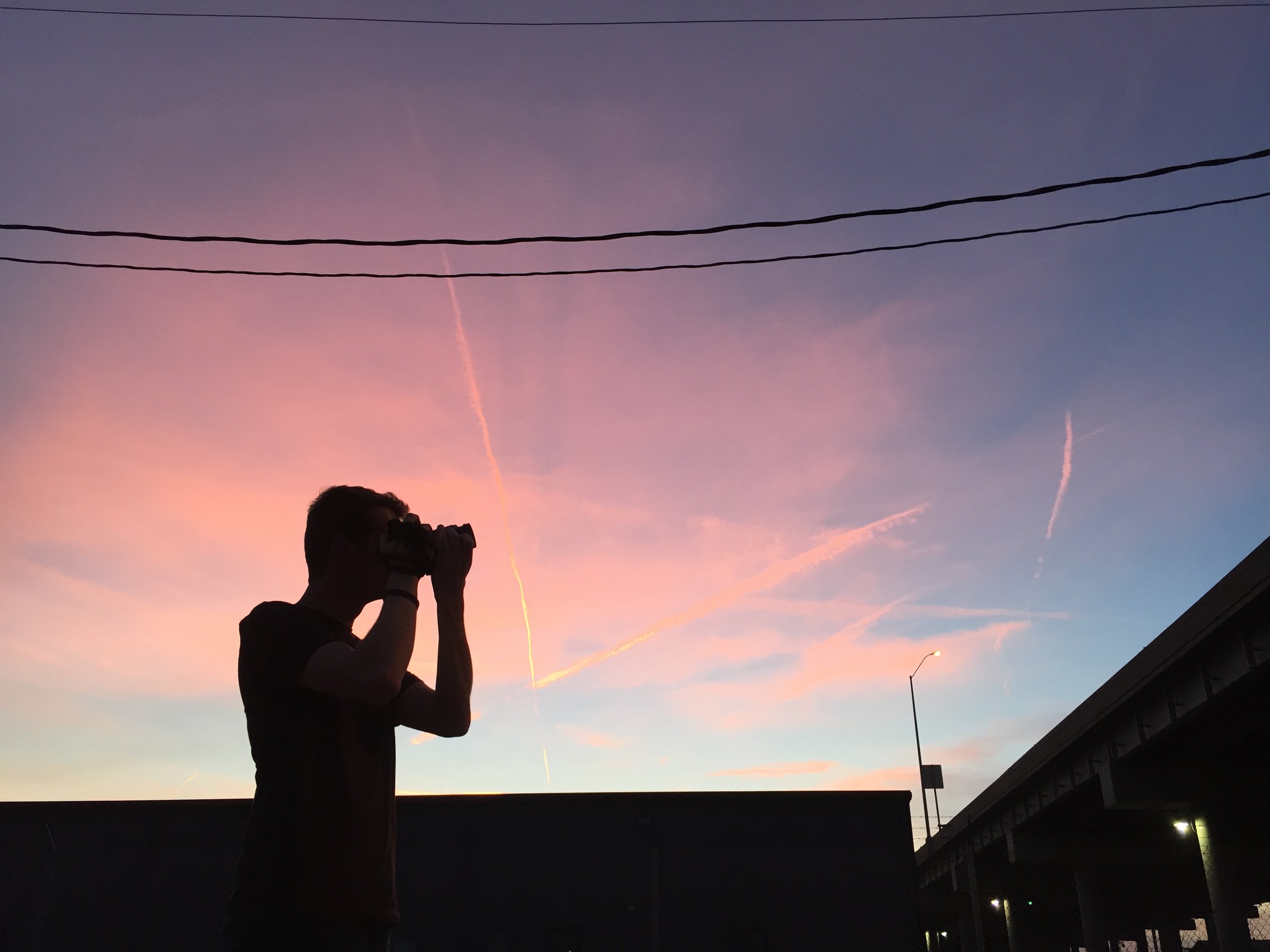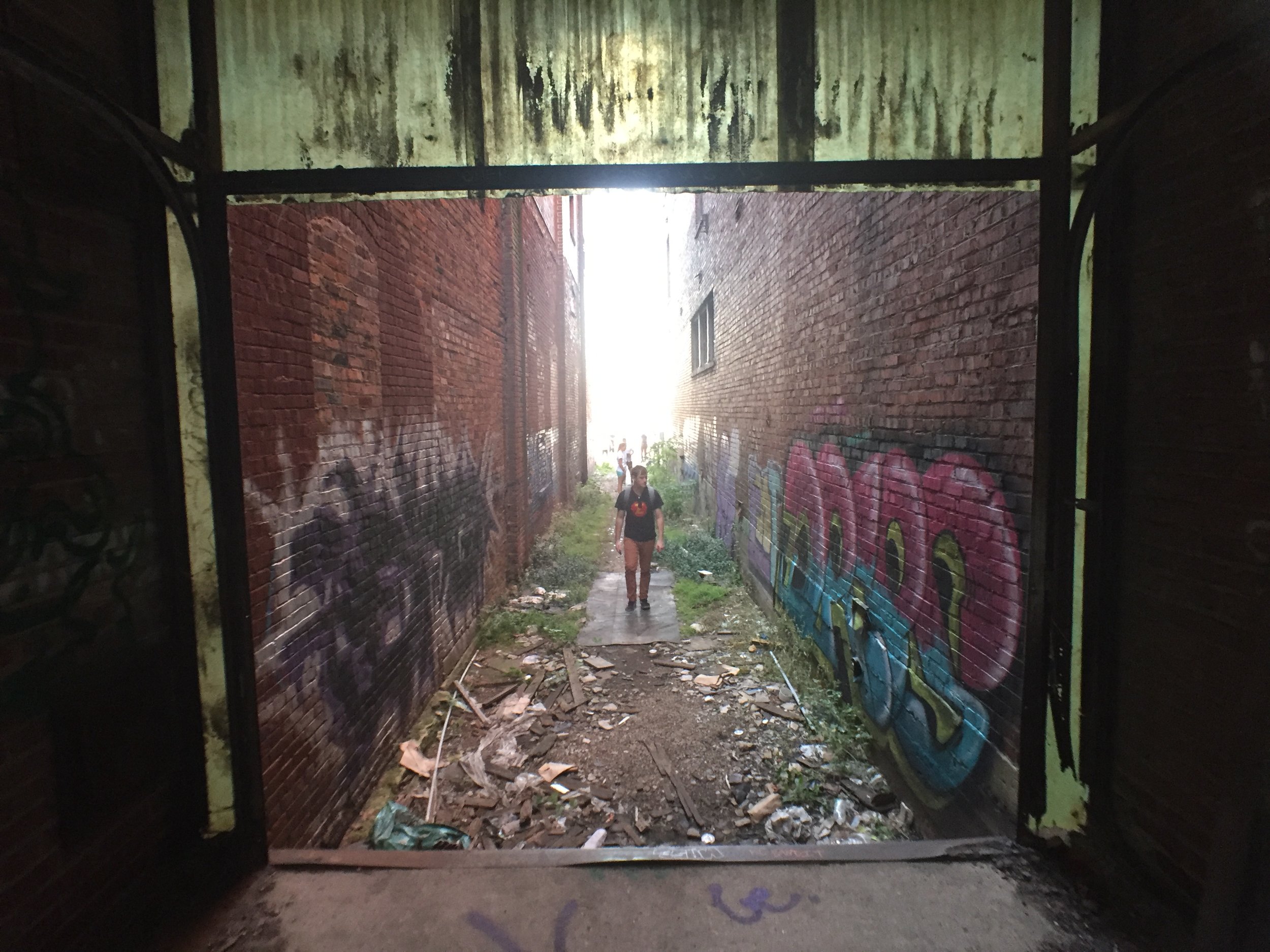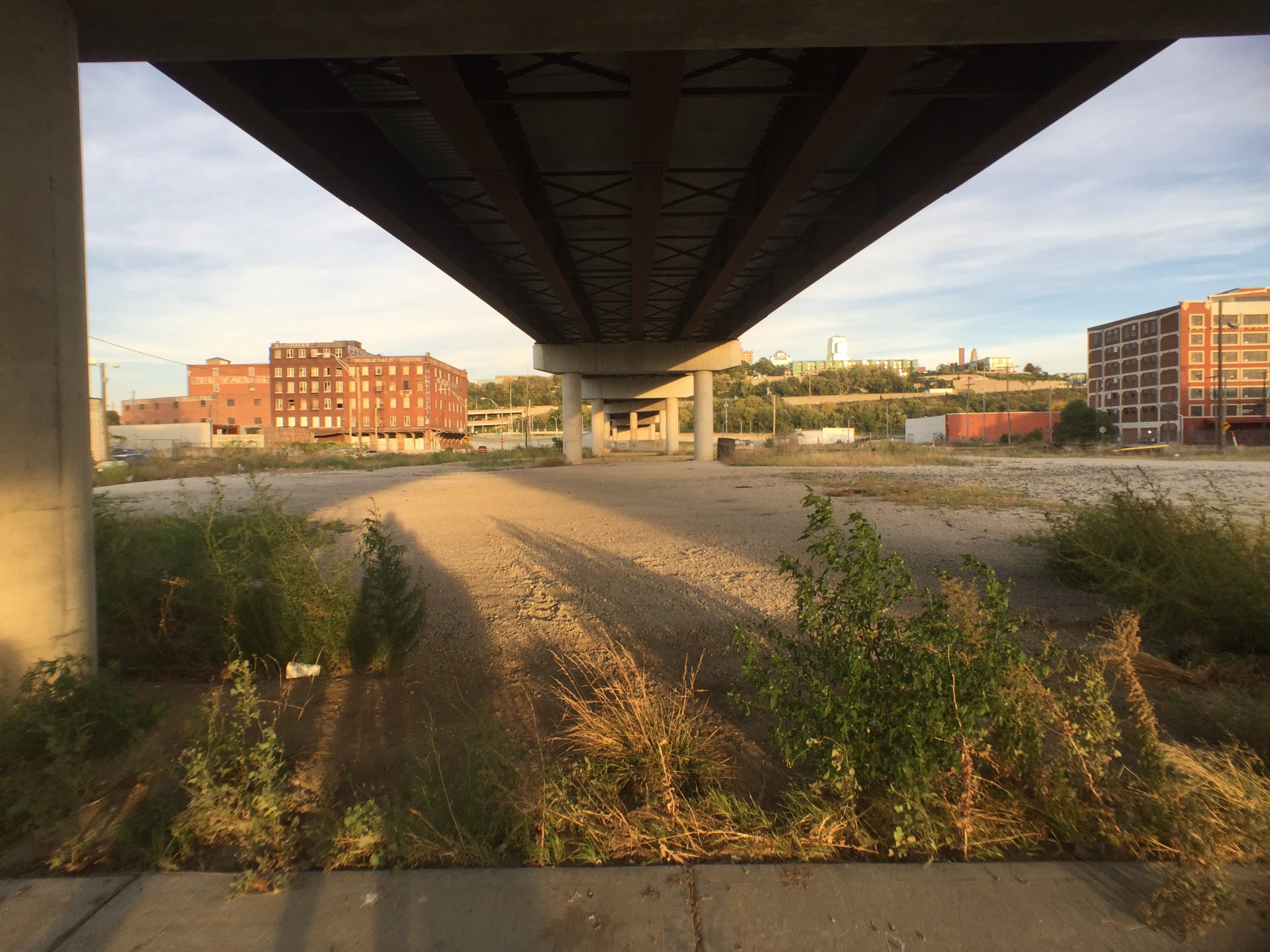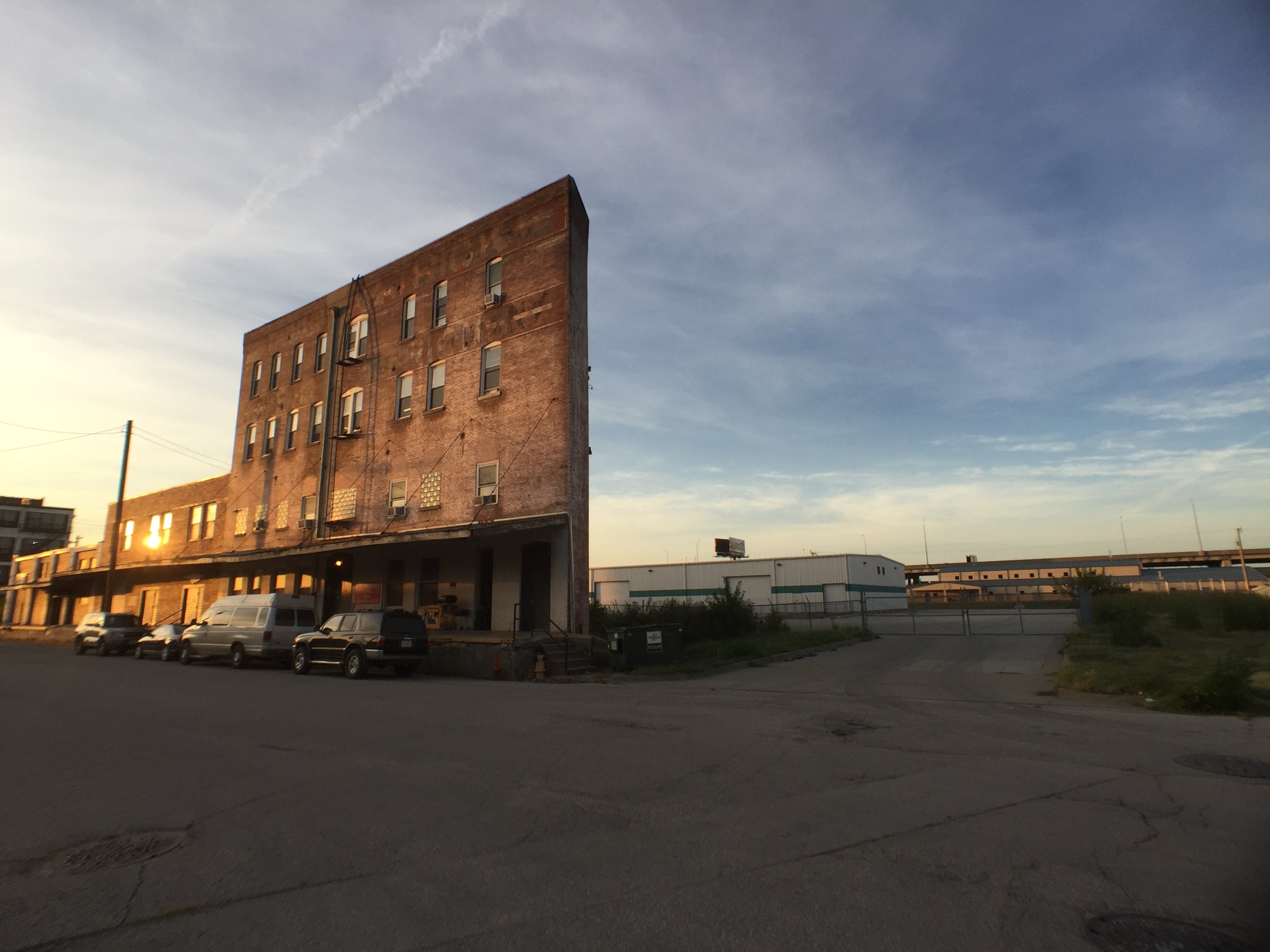Rising to the Surface
/There is heated debate brewing at the Kansas City Design Center: Which potential public spaces should we investigate further, and which ones should we move on from? It's a question that demands a lot of research on-site and feedback from experts of the area.
1st Public Meeting
February 23rd was our first public meeting, where we presented our initial analysis of the West Bottoms. We sparked a dialogue with visitors, asking them about their favorite spaces, how often they visited, and what they liked or disliked about the West Bottoms. This feedback helped us see if our previous findings aligned with what users actually experienced. We are applying this data to our selection process of potential public spaces.
LISC Visit
Back in September, our study was selected by the National Endowment for the Arts for a pilot program that delivers tailored assistance for creative placemaking projects. Local Initiative Support Corporation (LISC) and PolicyLink are managing this program and will provide knowledge and resources on the creation of a economically, culturally, and physically sustainable community through integration of arts and culture in community development work. Representatives from LISC visited the KCDC the first week of March, and we had the opportunity to take them on a tour of the West Bottoms so they could witness first-hand the character, grit, and frictions across the districts. They gave us some really great feedback, and we're excited to continue to work with them in the future as we delve further into the project.
Better Block
Dovetailing with the West Bottoms study, KCDC Professor Jason Brody and his students are in the midst of designing this year's Better Block KC intervention in the West Bottoms, along 11th Street within the Historic Core. If you're unfamiliar, the Better Block project is a nationwide movement that seeks to transform streets to show the potential for great, walkable, vibrant neighborhoods. Students are considering the feasibility of sunshading devices, designated parking, stormwater management techniques, and appropriating loading docks as a raised sidewalk and outdoor seating area. This event will occur during West Bottom's Heritage Week, from May 5th to 12th. If you're interested in learning more about this project, or want to know how you can get involved, please contact Professor Jason Brody.
Next Public Meeting
Currently, the students are traversing all the nooks of the West Bottoms to find the most interesting spaces. Our hearts are captured by the oblique views of weathered brick warehouses, our attention is latched to screaming trains and skimming planes, and our souls are humbled by the cathedral-esque structures of highway viaducts.
We are learning to appreciate the West Bottoms as so many already do. Please join us for our second public meeting and let us know why you appreciate these areas too. We will present our analysis of various potential public spaces that we believe have qualities worth preserving and enhancing. We ask for your stories, concerns, and proposals for these sites.*
This community charrette will run from 5:30pm-7pm on Thursday, March 16th, at the beautiful Mulberry Room, located at 1321 W 13th Street, KCMO 64102. We hope to see you there!
*For those unable to attend the public meeting, please fill out our site selection survey online.



